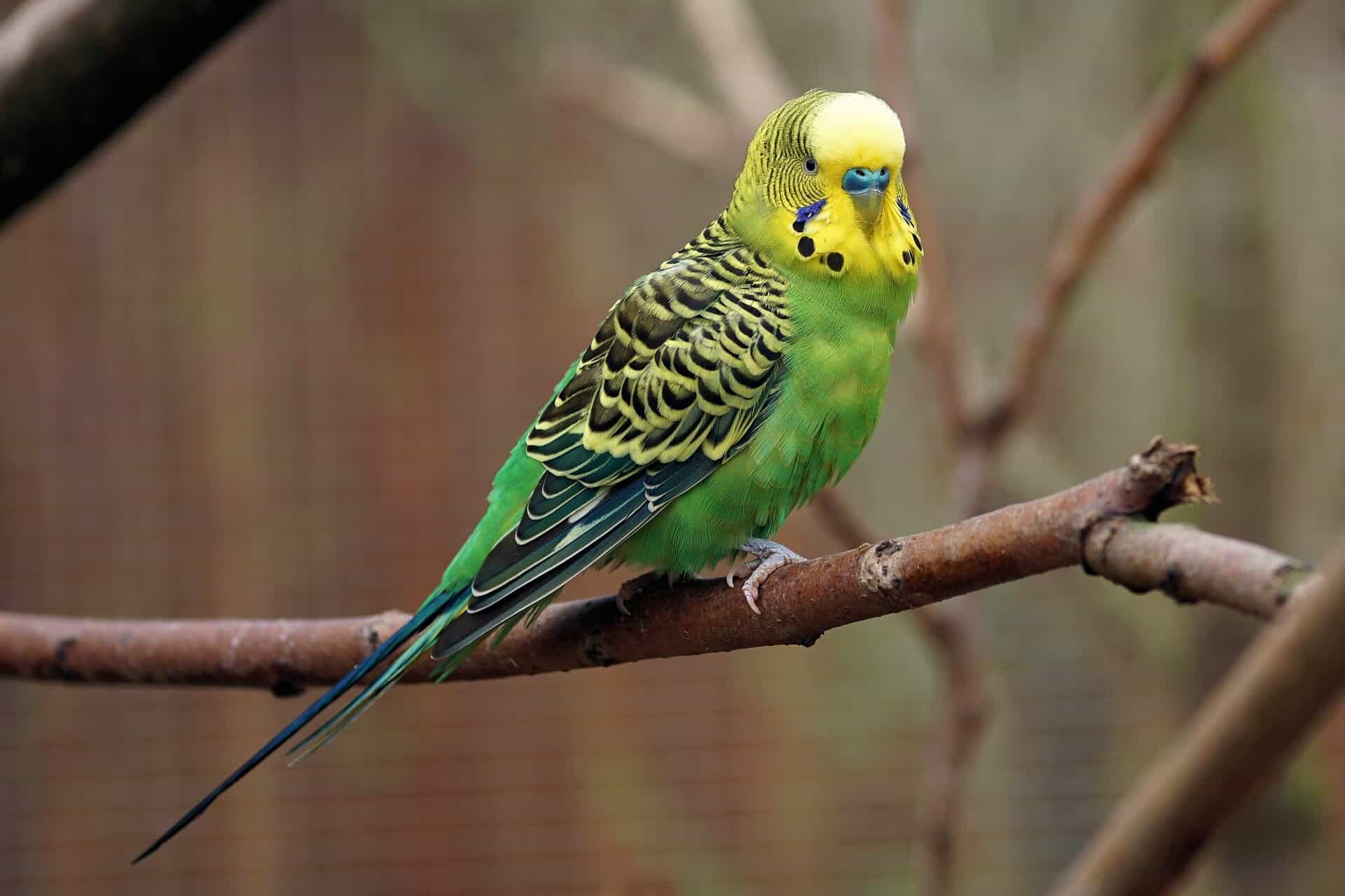Any time through the spring and summer is probably the best stage of year to start looking for a pet parakeet, as the widest range of young budgies (or budgerigar’s) will be readily available then. The choice during the winter period is likely to be much more limited, with fewer chicks being produced by breeders through the colder months.
Aim to acquire a chick that is just independent, at roughly six weeks old. At this stage, the young parakeet’s bill may still have a dark tip, while the wavy patterning seen on the heads of most color varieties extends right down to the cere, which is why young parakeets are typically called barheads. The cere is the fleshy area encompassing the nostrils, just above the bill. Their eyes also lack the white ring, known as the iris, which starts to develop around the perimeter in virtually all cases once these birds are about three months of age.
The coloration of a parakeet will not influence its powers of mimicry, but many pet-seekers prefer to have a male bird rather than a hen. Hens do have a reputation for proving to be less talented in terms of their talking abilities, and egg-laying by pet parakeets can create difficulties as well.
Unfortunately, it is actually much harder to sex young parakeets at the outset when they are ready to go to a new home. However, those which have the deepest purple ceres, especially in the area directly surrounding the nostrils, are likely to be cock birds. The cere will ultimately become brown in hens, enabling the sexes to be distinguished easily as adults. A parakeet will typically live for eight years or so, although individuals have been known to live into their twenties on rare occasions.


